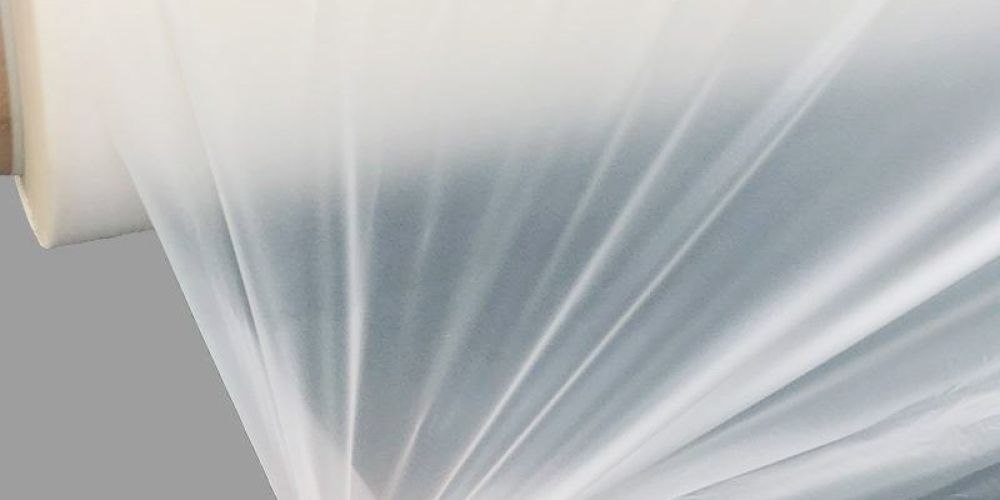
Membrane Materials for Aerospace Applications
Aerospace-grade membrane materials primarily include polyimide films, TPU polyurethane films, aerogel thermal insulation materials, fiberglass, and ceramic fibers. Below is a detailed analysis:
1. Polyimide Film (PI Film)
Polyimide film is widely used in aerospace due to its exceptional high/low-temperature resistance, radiation resistance, and chemical corrosion resistance. It serves as insulation material for spacecraft, composite material fabrication, structural components, and rocket shielding. PI film can also be combined with metals to create Multi-Layer Insulation (MLI) systems for spacecraft thermal protection.
2. Thermoplastic Polyurethane Film (TPU Film)
TPU films are valued for their heat resistance, compression resistance, sealing capability, isolation properties, fatigue resistance, and corrosion resistance. In aerospace, they are applied in spacecraft maintenance/isolation, structural bonding, and surface coatings. TPU provides reliable protective layers for shuttles, enhances connection stability, and plays a critical role in thermal protection coatings.
3. Aerogel Thermal Insulation Material
Aerogel is an ultra-efficient thermal and fire-resistant material. Its nanoscale network pore structure enables superior insulation with lighter weight and smaller volume, offering significant advantages in aviation and aerospace applications.
4. Fiberglass
Fiberglass features low density, high strength, fire resistance, chemical corrosion resistance, electrical insulation, and radiation resistance. Its excellent thermal insulation properties make it widely adopted in spacecraft.
5. Ceramic Fiber
As a high-temperature insulation material, ceramic fiber exhibits outstanding thermal insulation, oxidation resistance, radiation resistance, and heat resistance. It is primarily used for insulating high-temperature components in spacecraft.